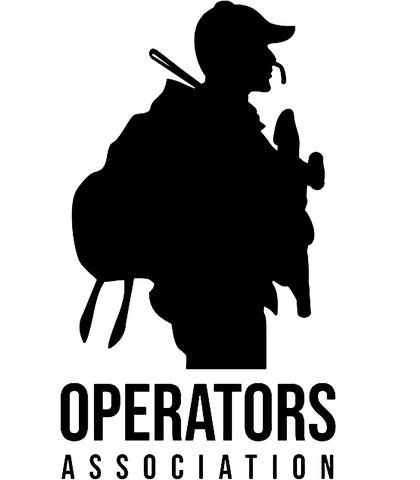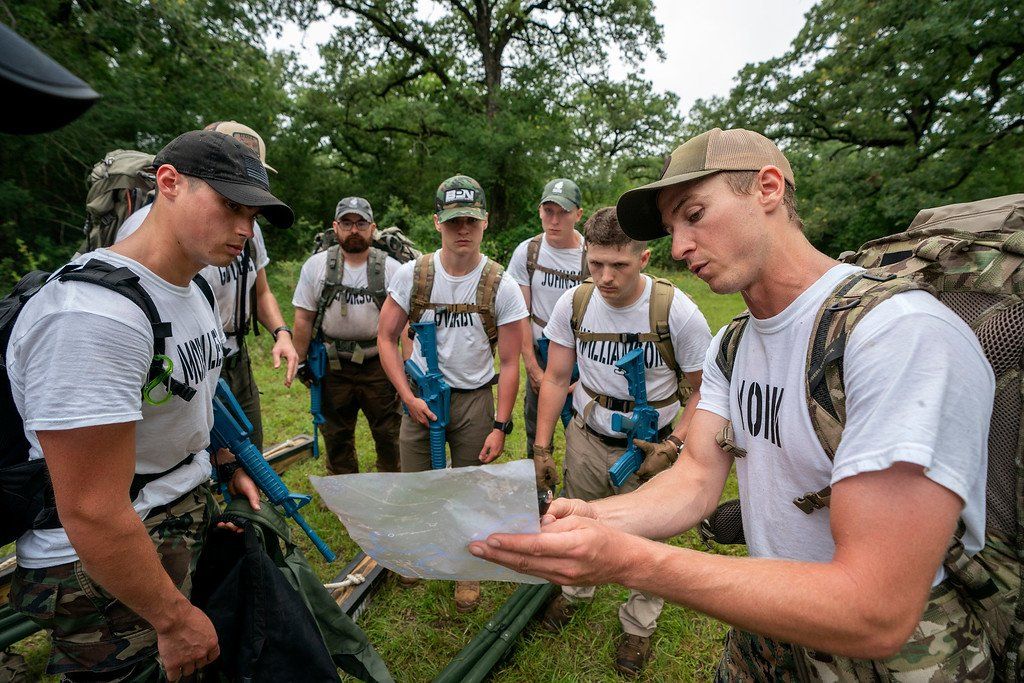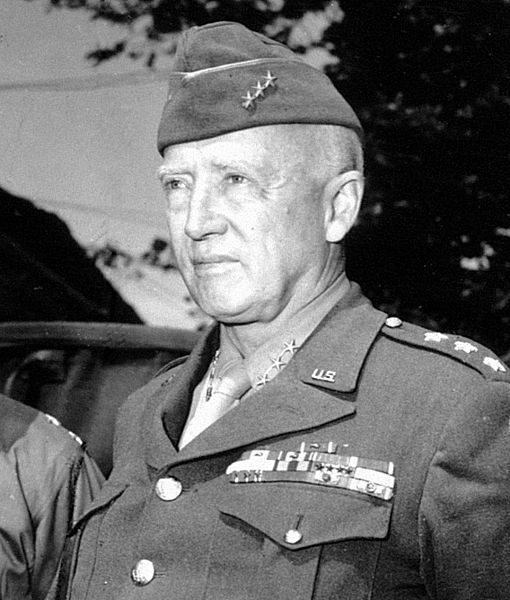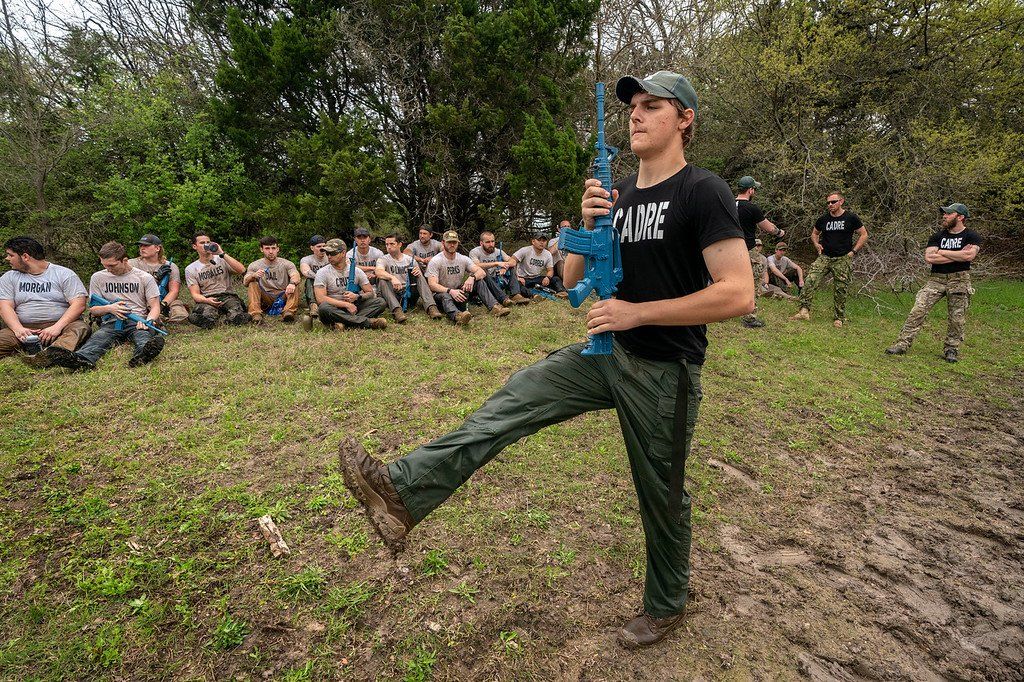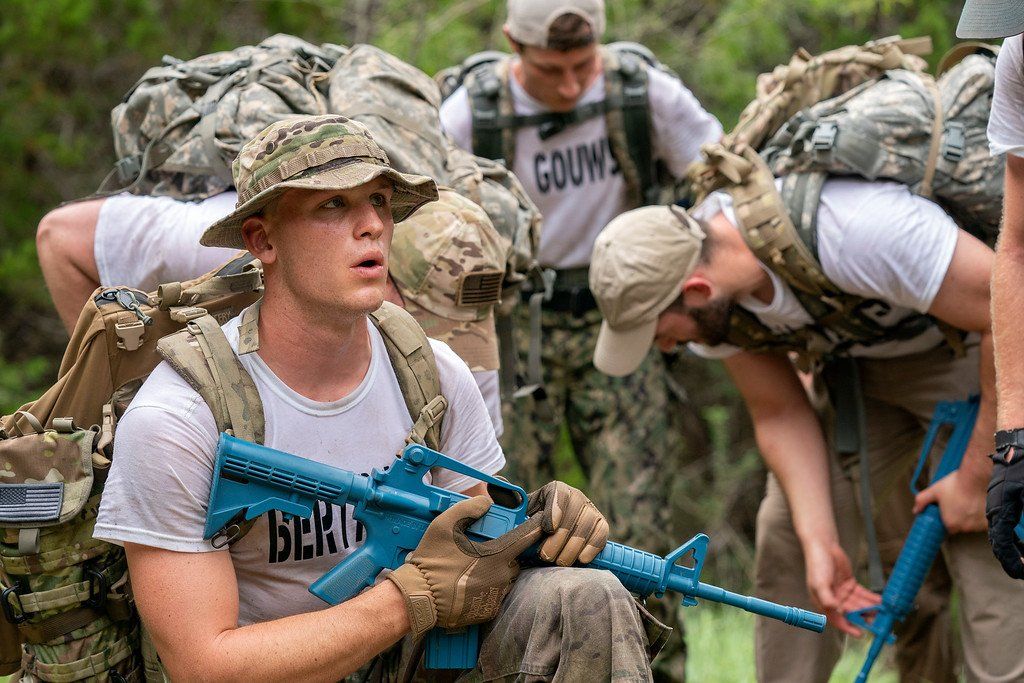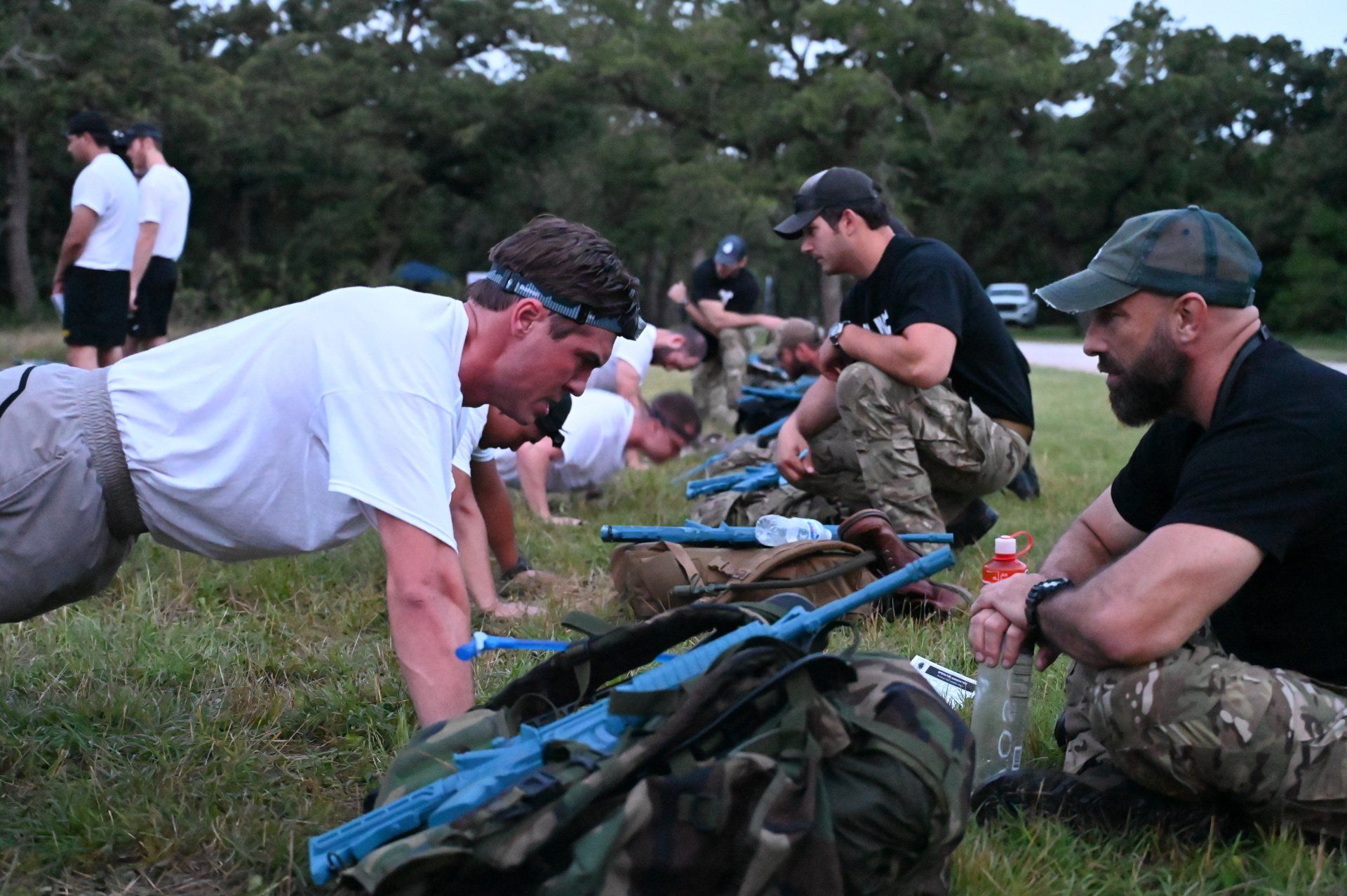How to Strengthen Your Posterior Chain
Aug 23, 2021
Exercises and techniques for strengthening your body’s mightiest muscles.
Your posterior chain includes all of the muscles that make up the back of your body. It includes muscle groups like the glutes, hamstrings, lats, and rear parts of your shoulders. Unless you are a professional athlete, it’s unlikely that you think about your posterior chain often. In the weight room, posterior chain workouts are often replaced with exercises that target more impressive-looking muscles like the biceps and chest.
Despite this, your posterior chain plays a critical role in nearly every movement you make. From keeping your head up to performing deadlifts, the posterior chain is always active. In this OA guide, we’ll be discussing what the posterior chain does, why it’s important, and specific exercises you can do to strengthen this crucial muscle group.
Why Your Posterior Chain is Important
Of all the muscle groups in your body, your posterior chain carries the majority of the force of your daily movements. In essence, it is the powerhouse of your body. Your posterior chain is composed of some of your body’s biggest and most powerful muscles.
The posterior chain is also critical to maintaining proper posture during both daily movements and workouts. When you walk, run, or ruck march, your posterior chain carries most of the force of training – helping you stay upright and balanced. It also stabilizes your body during compound lifting movements like squats, deadlifts, and RDLs.
Posterior Chain Strengthening Workouts
With the posterior chain playing such a crucial role in daily life, it makes sense that injuring it can put you out of commission for months. If you want to keep your posterior chain durable and injury-free, you must include posterior strengthening exercises into your daily workout regimen. Here are a handful of posterior chain exercises to include in your training sessions:
Weighted Ruck Marches
Whether or not you’re on the military/SOF pathway, ruck marching is an excellent exercise for strengthening your posterior chain muscles. In previous OA guides, we discussed ruck marching techniques
and showed you how to prepare for your ruck marches. By carrying weight over long distances, you get your posterior chain used to supporting weight and maintaining proper structure under pressure. If you’re looking for a simple but challenging way to strengthen your posterior chain while building heart and toughness, start ruck marching regularly.
Dynamic Back Exercises
Your posterior chain doesn’t just support your posture and carry weight. It’s also responsible for performing dynamic movements like jumping and running. Mixing explosive posterior chain exercise into your workouts is the key to keeping your body adaptable and ready for action. Dynamic posterior chain movements that you can do in your next training session include kettlebell swings, plyometric box jumps, pullups, and glute bridges.
Compound Lifts
Finally, heavy compound lifts are a must-have in any posterior chain workout. They activate your entire posterior chain and force it to simultaneously balance, stabilize, and lift weight. Performing compound movements like squats, deadlifts, RDLs, bent-over rows, and lunges at least once a week will give you an unbreakable posterior chain.
Posterior Chain Mobility Exercises
When architects and engineers build towers and skyscrapers, they design them to sway and shift with the wind. The top of the Burj Khalifa – the world’s tallest skyscraper – can sway up to two meters in high winds. But why are tall buildings designed to shift in the wind? Because rigidity doesn’t necessarily equal strength. If the buildings were stiff, they could break or collapse in the wind. Looseness is adaptability, and adaptability is power.
The same goes for your posterior chain. If you want to avoid injuries, it must be steady but moveable and adaptable. When it comes to your posterior muscles, mobility is just as critical as strength. Posterior flexibility helps your muscles absorb force, increases range of motion, improves recovery time, and prevents injury.
Despite this, many people treat mobility training as an afterthought instead of a critical part of their workouts. If you want to improve your mobility and prevent injuries, you must treat your stretching and mobility exercises the same way you treat your other movements. Plan the time that you’ll put aside for mobility in your workout routine – the same way you plan your reps and sets. Get serious about your mobility training, and your body will thank you.
Being physically strong is critical to achieving your SOF goals, but so is being mentally fit and equipped with the knowledge you need to succeed. The best way to obtain this knowledge is by joining a community of disciplined and accountable future, current, and retired special forces operators.
By becoming an OA Aspiring Operator, you get instant access to weekly exclusive podcasts, a 900+ member community, a private accountability group, and much more. If you want to become an operator and you’re not a member of Operators Association, you are putting your goals in jeopardy. Click here to check out our membership packages
and unlock your exclusive OA content!
